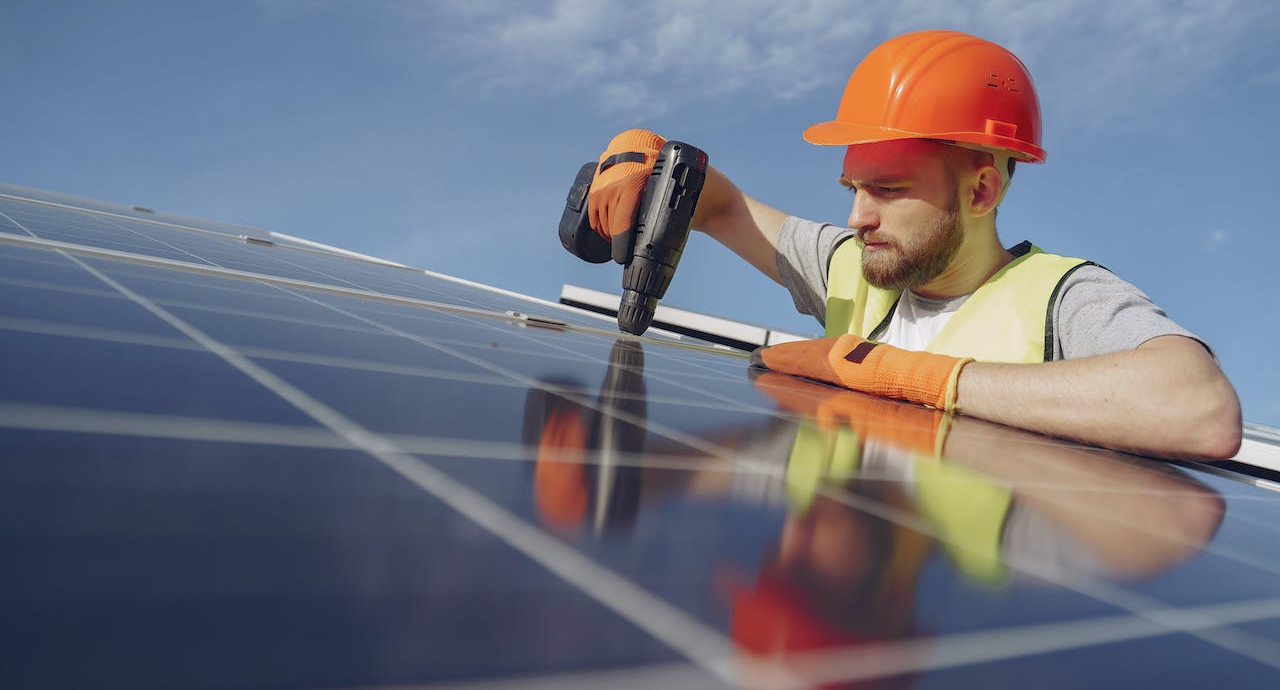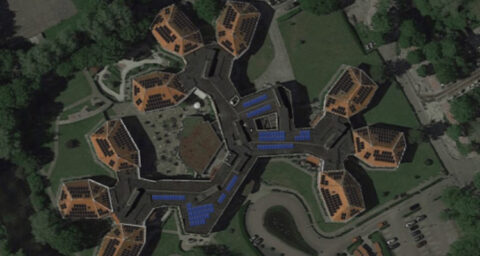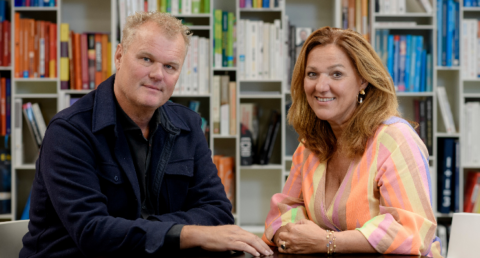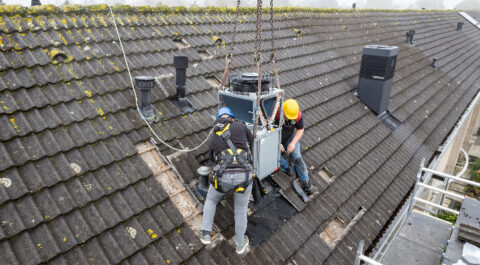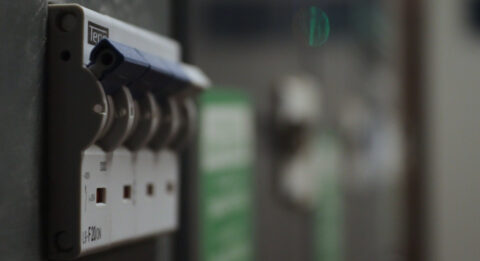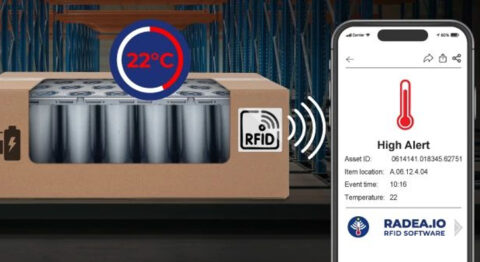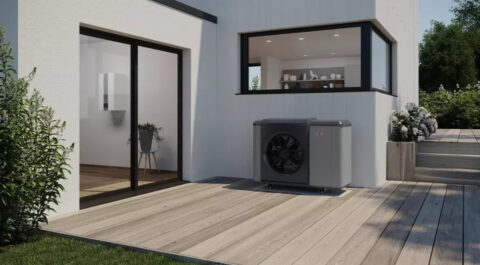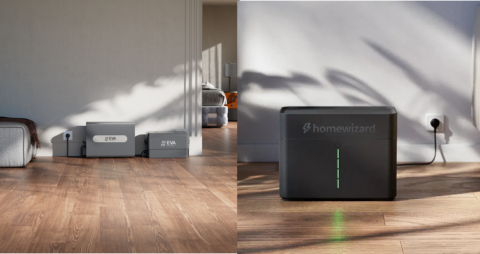Once you install solar panels somewhere, you also install an inverter. This inverter is essential for converting the direct current generated by the panels to alternating current. Because alternating current is needed for both direct own consumption and delivery to the grid. What types of inverters exist and when do you need which one?
String Inverter
If you connect solar panels in series to an inverter by looping them through, then together they form a chain or string. In effect, this makes these panels work as one large solar panel. This type of inverter is called a string inverter or central inverter and is also the most common and simple inverter. Often you can connect multiple strings, then you don't have to place all the panels in one long string.
A string inverter is a fine and inexpensive way to connect, but with an important caveat. As soon as even one solar panel is partially or completely in the shade, depending on the situation, the maximum is not always achieved from the panels, because the inverter tries to optimize the entire string. After all, they form one long chain, it is a series connection.
When connected serially to a string inverter, a customer only gets the maximum yield (achievable at a specific time) if all solar panels have the same orientation and are fully illuminated.
Power optimizer
Power optimizers are placed near the solar panels themselves, one per panel. A power optimizer ensures that the power of an individual solar panel is optimized. If a panel is partially or completely in the shade, the other panels continue to work at full power this time and specifically the shaded panel can be optimized for the best yield. The total yield is thus higher than with a string inverter.
Power optimizers only supply direct current. Therefore, a central inverter is still required to convert this into alternating current. The solar panels with power optimizers are connected to this as a string, this time of course without the adverse effects just mentioned. Do you install solar panels in multiple orientations, such as on two roof sections? Then you use multiple strings, making them work completely independently of each other.
This solution is more expensive than a traditional string. For cost reasons, you may choose to install one power optimizer per two panels, for example. The fact that power optimizers provide direct current is especially convenient once a home battery is installed. Because then the solar power can be stored directly in the home battery, without unnecessary conversions.
Micro inverter
A micro inverter is much like a power optimizer. Again, you place them per panel, only this time the direct current is converted directly to alternating current and then transmitted directly to the meter box. With that, this is a parallel circuit. Because the direct current is converted to alternating current per panel, this solution eliminates the need for a central inverter.
A micro inverter is actually a mini-inverter that is attached to a solar panel. Sometimes the manufacturer even integrates them into the panel. The parallel switching of micro inverters also immediately ensures that the entire system cannot fail should a component unexpectedly fail.
This eliminates the adverse effects of partially or fully covered solar panels and micro inverters make it easier to work with multiple orientations. Of course, as with power optimizers, the total yield will be lower than when all panels are happily lying in the sun, but at least a panel with a lower yield no longer has a negative effect on the yield of the other panels.
Bi-directional converter
Most solar panel inverters supply alternating current. Convenient for direct self-consumption and then to feed what remains into the grid. It can only be less practical once a customer wants a home battery installed. Because storage in a home battery requires direct current. So if the central inverter of the solar panels has a DC output, or panels with power optimizers are or will be installed, then that is an advantage in this case.
If the central inverter supplies alternating current, then additionally a bi-directional inverter is needed for the home battery. This inverter is capable of converting the alternating current back to direct current, just as it can convert the direct current stored in the battery back to alternating current for consumption. In other words, inverters can use this in both directions, bi-directionally.
Hybrid inverter
Again specifically in the case of a home battery, a hybrid inverter can be chosen. With this device, you combine the functionality of a solar panel inverter with that of a bi-directional home battery inverter. This solution is more efficient because the original direct current from the solar panels can be stored directly in the battery without unnecessary inversions. Simply because it has not been converted into AC voltage by a previous inverter just before.
